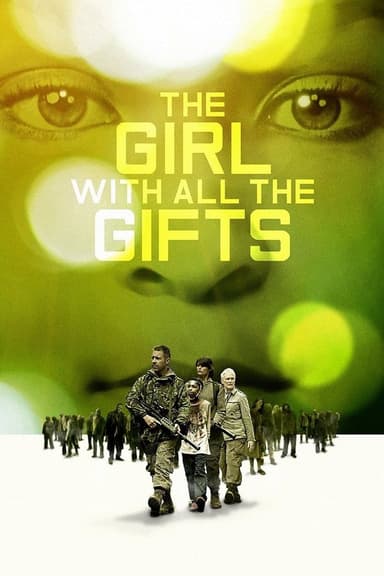
Carrie
2013 • Drama, Horror • R
An awkward, telekinetic teenage girl is the object of relentless bullying at school and an oppressively religious mother at home.
Runtime: 1h 40m
Why you should read the novel
Stephen King's novel Carrie delves deeply into the tormented inner world of its tragic protagonist, offering readers a richly detailed narrative that films cannot fully capture. The book explores not only Carrie White’s telekinetic powers but also the psychological forces at play in a small town gripped by fear, cruelty, and repression. Readers will find themselves immersed in King’s evocative prose, which builds a mounting sense of dread and empathy that brings new understanding to Carrie’s plight.
Choosing the novel gives you insight into the thoughts and motivations of multiple characters—something the movie merely touches on. King's unique structure, blending third-person narrative, fictional articles, and letters, creates a multifaceted world and a deeper emotional impact. The book's perspective widens the scope beyond Carrie herself, letting you experience the paranoia and moral panic rippling through the community.
While the movie delivers horror visually, the book invites personal interpretation and connection. King’s masterful building of suspense and his broader social commentary offer readers far more substance and thematic richness. By reading Carrie, you gain a more comprehensive, nuanced understanding of the story’s lasting relevance and emotional resonance.
Adaptation differences
One significant difference is the setting and timeframe: the 2013 film updates the story to a modern-day environment, using contemporary technology like smartphones and social media to portray bullying. In contrast, Stephen King's original novel, published in 1974, anchors its events in the social mores of the '70s, omitting present-day technology and offering a more intimate look at high school isolation before the digital age.
The novel’s structure also diverges from the straightforward linear narrative of the adaptation. King’s book intersperses the main plot with excerpts from reports, interviews, and newspaper clippings written after the events, creating a fragmented, investigative feel. The film ignores this unique storytelling device, opting instead for a conventional third-person viewpoint focused around Carrie and her tormentors.
Character depth and exploration differ markedly between versions. The novel explores the motivations and backstories of several characters, such as Sue Snell, Chris Hargensen, and even Carrie’s mother, Margaret, in far more detail. The movie omits much of this rich inner life, often reducing characters to archetypes or focusing solely on Carrie’s emotional journey and her mother’s fanaticism.
Finally, the endings contrast in tone and implication. While the film adaptation opts for a dramatic, visually spectacular climax focused on revenge and destruction, King’s novel ends on a much broader note, contemplating the social consequences of the tragedy and its lingering effects on the survivors. The novel’s epilogues and aftermath hint at potential future cases and the cycle of fear, adding layers of meaning that the adaptation does not explore.
Carrie inspired from
Carrie
by Stephen King


















